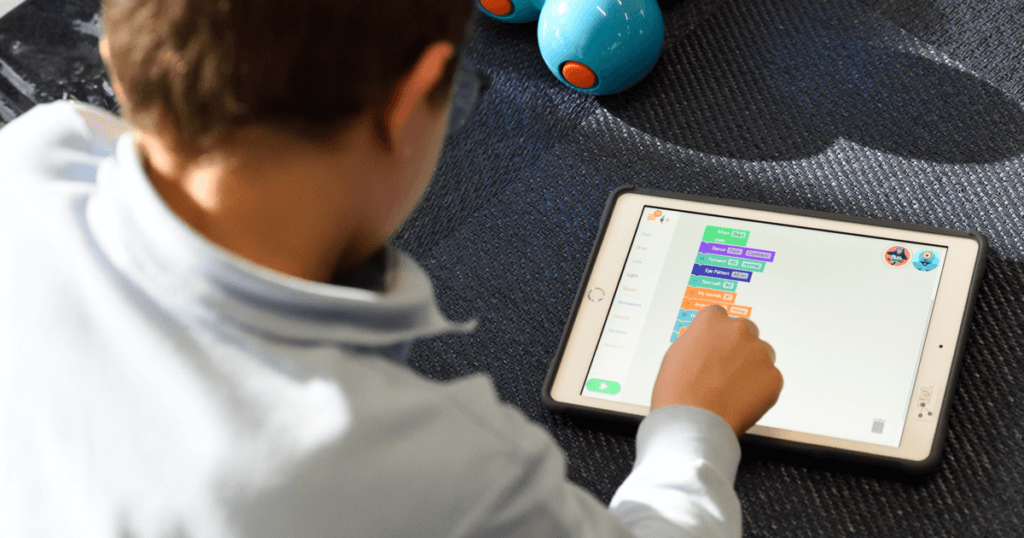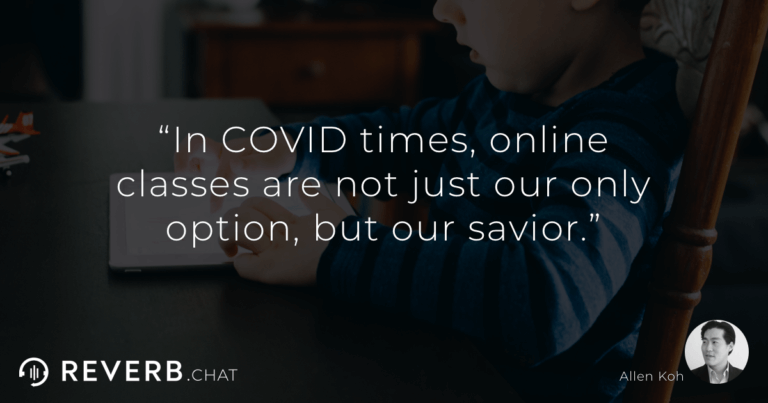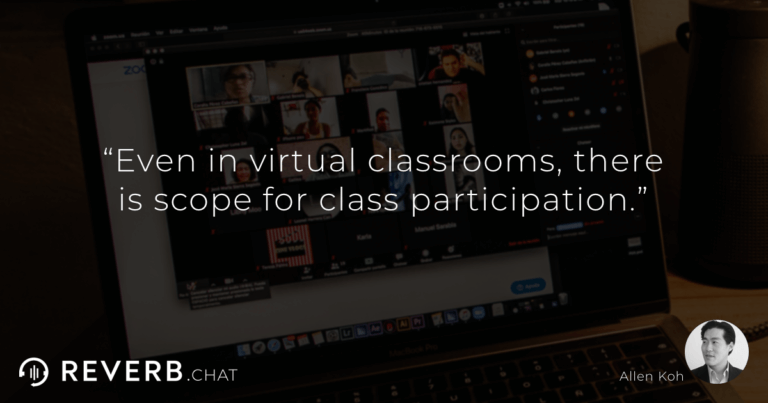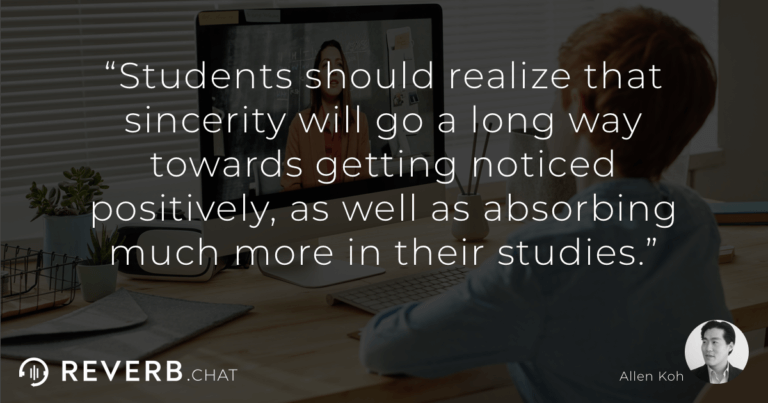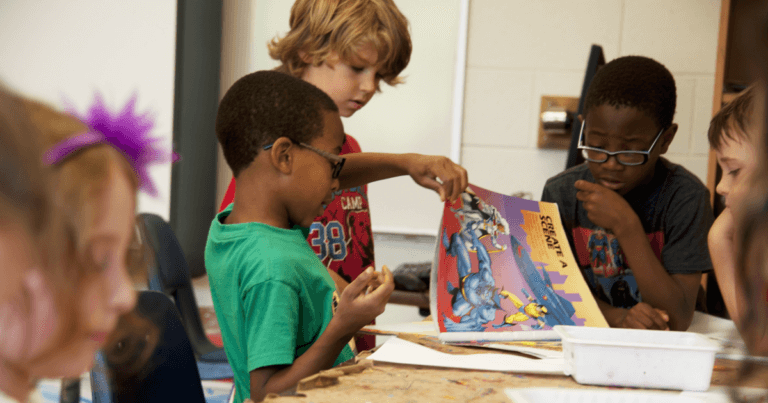The author’s views are entirely his or her own and may not always reflect the views of Reverb.
There are many ways students can successfully adjust their study habits as they transition fully to online learning. There are also many benefits to online learning.
With all this said, online learning isn’t without its challenges – guardians and teachers need to know how to help students make the change.
History and now
Two decades ago, e-Learning and virtual classes were an experiment that dealt mostly with technical and vocational courses.
Today we see distance learning in a new avatar and a booming industry.
The 2010s witnessed a new birth of the importance of online classes and courses.
It’s also true that in COVID times, online classes are not just our only option, but our savior.
This does not necessarily mean online learning is a permanent solution and way forward for all.
What it does mean is in the current crisis, students have to navigate virtual semesters of school.
Learning software and LMSs
Firstly, a learning management system (LMS) is the most essential requirement for students to interact with subject matter and assignments.
It’s an absolute must that students familiarize themselves with their LMS’s interface, navigation, and options, and how the LMS interacts with specific assignments.
Before being taught their lessons, students should, at the very least, receive an overview of the learning software they’re using. Some classes use multiple pieces of software, and students and teachers must have a basic understanding of all learning programs.
Teachers should understand how to teach online. For example, they should know the difference between synchronous and asynchronous, they should know how to thread SEL into their teachings, and they should have thoughtful practices for distance learning.
How should a student learn online?
Students should come prepared for their digital classes.
They should have done their reading so that they can ask relevant questions.
Students should look ahead at their scheduled assignments and take particular note of due dates to craft realistic plans for completing their work. There are set deadlines and timelines for assignment submissions that students should adhere to.
For parents
Guardians and parents need to help their children carve out a workspace at home, where they know they should sit and study.
It doesn’t matter if this is the table in the kitchen, the dining room, the living room, or the den. What’s critical is consistency with a space or spaces.
For variation, children can rotate their spaces with each subject to prevent idleness – similar to how students in schools aren’t always in the same classroom all day. Just make sure not to change spaces too often, to preserve consistency.
Participation
Even in virtual classrooms, there is scope for class participation.
Teachers ask questions, and students can respond and communicate proactively.
Teachers can do this in real-time or with messaging.
Due to its convenience, audio has been bridging the gaps in distancing learning. Video is great too, but comes with more setup, and may not be great for all students, especially shy ones.
Proper communication is vital, and to be successful in virtual classrooms, students must ask assistance.
To better understand a subject or topic, students may require presentations and lecture notes to be shared after class. In online and off, it’s common for students to revisit presentation notes to strengthen their hold on subject matter.
Students may also need extra sessions for doubt clearing, which they should not hesitate to ask their teacher for. This will also present them as a keen learner and conscientious student.
Real-time is excellent for SEL, but for convenience, asynchronous can supplement, letting teachers ask questions with students getting personalized answers on any schedule.
Online attendance
Attendance matters.
There are incidents where many students turn off their cameras and resort to fake or proxy presences, which, more than often, teachers can discern.
Resorting to such tactics can cause the student a notorious reputation.
Students should realize that sincerity will go a long way towards getting noticed positively, as well as absorbing much more in their studies.
In a nutshell
Things typically run in a modular format within an online school, course, or class.
This is different, however, from face-to-face physical classes, which have varying structures.
A lot is going on in an online class, and students need to organize their time and themselves accordingly. As teachers, parents, and guardians, it’s our responsibility to make students understand this. Hopefully, this article helps with that.
What do you think? What else must students and teachers know? Where is distance learning headed? Share your ideas and comments below; it would be great to hear from you!

